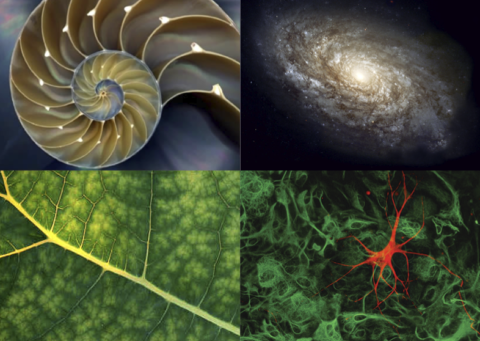Thinking Like a Network 3.0
December 4, 2020 4 Comments
I am struck by how the network building and weaving field has really mushroomed over the past several years, and with it, so much learning around approaches, structures, roles, strategy, etc. I regularly hear myself say that there is no one right way to go about “net work” for change (which is why I regularly reference this compendium of thoughts on networks – “A Network Way of Working”). That said, I have found that “principles” (for lack of a better word) for network thinking and action have been helpful in a number of different contexts to support people in finding ways to leverage the promise of networks (or “network effects”).
This is a list that I continue to play with, expanding and contracting given new learning and different contexts. I recently offered the following version to a food system network. Always open to riffs and improvements …
- Come First as Givers, Not Takers – Of course people should (and will) think about their self-interest, but if everyone holds out for what they are going to get, then nothing gets created in the first place. Generosity leads to generativity.
- Support Intricacy & Flow, Beyond Bottlenecks & Hoarding – Many kinds of connection and robust movement of resources of all kinds is what contributes to the adaptive and regenerative capacity of networks.
- Make the Periphery the Norm, Don’t Get Stuck in the Core – In the words of Kurt Vonnegut, “Out on the edge you see all kinds of things you can’t see from the center. … Big, undreamed-of things–the people on the edge see them first.”
- Work with Others and/or Out Loud, Not in Isolation – Otherwise, what is the point of creating a network?! Connect, cooperate, coordinate, collaborate, and for God’s sake, share!
- Value Contributions Before Credentials – Valuable contributions come from all kinds of places and people. Credentials and holding out for a certain kind of “expertise” can get in the way of seeing the greater abundance around you, benefitting from it, and contributing to it.
- Lead with Love and a Sense of Abundance, Not Fear and Scarcity – Fear and scarcity narrow our view, shrink our thinking about what is possible, and inhibit our willingness to share. Love is love and does what love does.
- Think Spread and Depth Before Scale – Because it’s easier in many ways, can avoid mechanical and inappropriate replication thinking, and helps to establish a more firm foundation (think roots under the tree).
- Support Resilience and Redundancy Instead of Rock Stardom – Because we aren’t all that special (though we may be unique) and because its not strategic to put all eggs in one basket, however shiny. And then there’s the ego thing …
- Trust in Self-Organization & Emergence, Not Permission & Predictability – COVID19 has driven this lesson home, big time. We are not in control. Life is complex, and beautifully so. Evolution is real, and so is people’s capacity to be response-able when they are trusted.
- Say “We’re the Leaders!” Instead of “Who is the Leader?” – Who and what are you waiting for? And why?
- Do What You Do Best and Connect to the Rest – Stop trying to do it all. It’s not possible, it creates unnecessary competition and burnout and it inhibits collaborative efficiencies (yes, they exist).
- Attract a Diverse Flock, Not Birds of a Feather – Homophily (like being attracted to like) is a strong tendency in people. In network speak, we should not simply bond, but also bridge. This is important for the wok of equity and inclusion, tapping creativity and innovation, and tasting the wonder-full spice in Life.
4 Comments
This is a wonderful list that brings together all the best thinking on how to build a network. Thank you!
Thank you, Susan. Hope you and yours are as well as can be!
Curtis
Thank you for sharing, Curtis! I like the catchy wording of some of these lessons, much like slogans or design principles.
E.g.,
the shrinking of thinking
contribution before credentials
Perhaps the one thing that I would add to this list is the advice to map the network. Mapping the network collectively as a group almost always yields new insights. “You will get it once you see it”
Thanks, Paul. I like that addition. Know the net! Then you can knit the net.